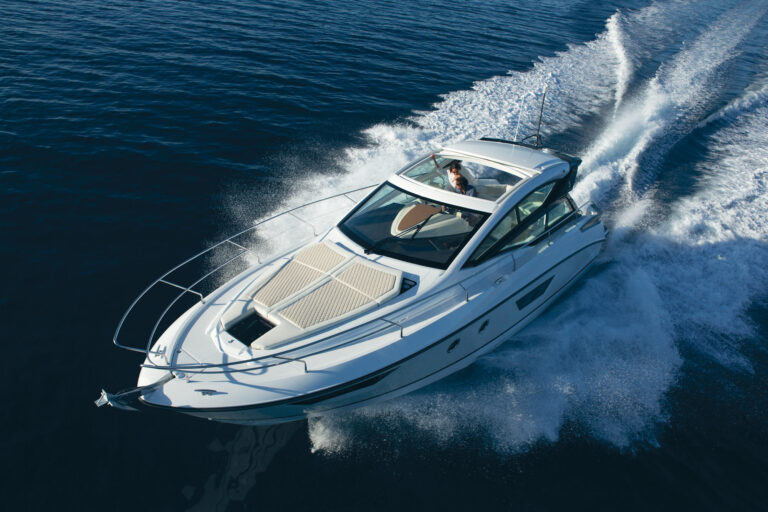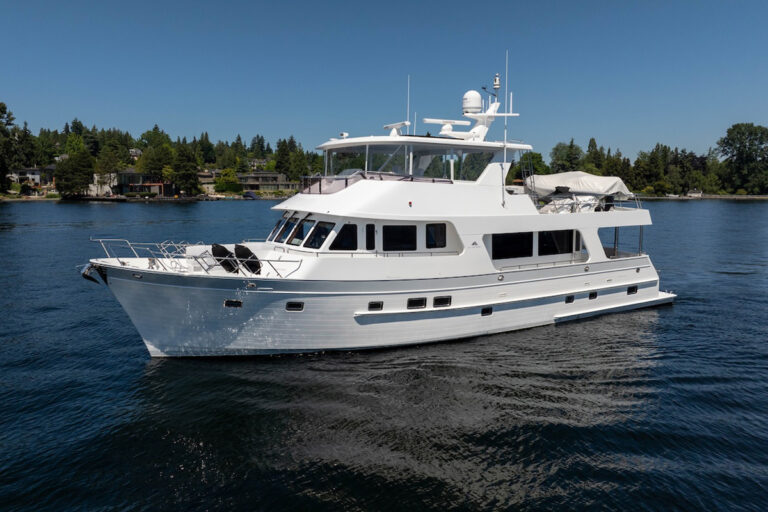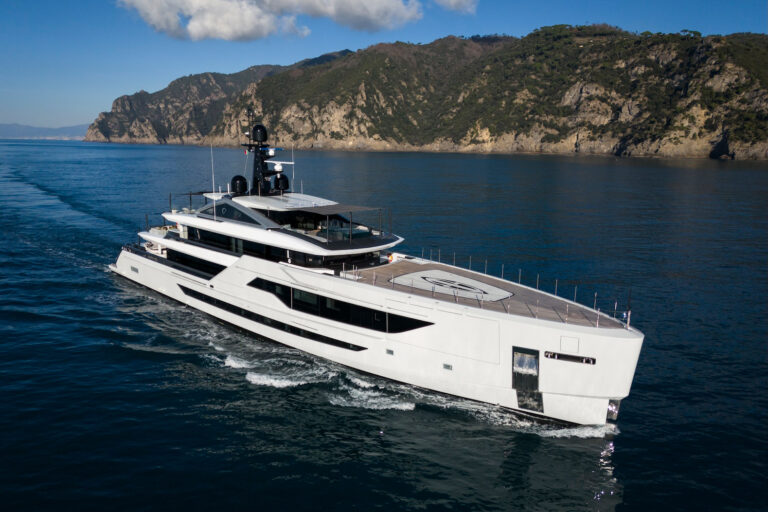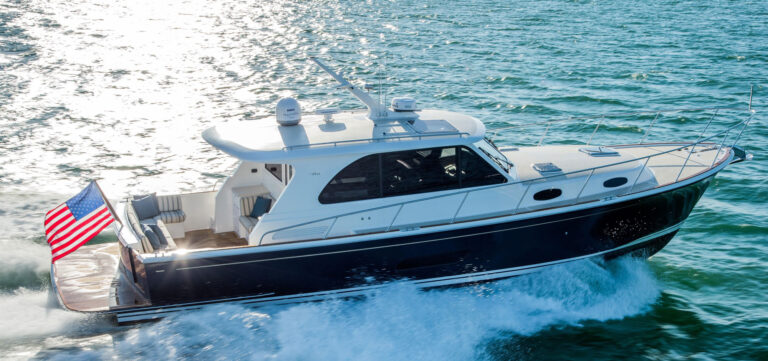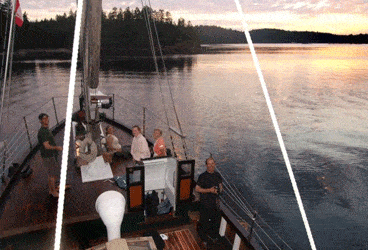
Salish Sea
So you’re thinking about where to go cruising this summer and someone suggests the Salish Sea. You might think to yourself, “now, just where is the Salish Sea?” It’s not on any charts you’ve seen and yet you think you’ve been told it’s one of largest and most biologically diverse estuaries — yet it didn’t exist prior to 2009. How could that be?
In the 1970s there was growing concern from residents in Washington State and British Columbia, Canada about oil tankers from the then-new Alaska pipeline bringing crude into the inland marine waters of the Strait of Juan de Fuca, Puget Sound and Strait of Georgia. As people struggled with how to conveniently address these connected waters, lawmakers in Washington State adopted the northward expansion of the term Puget Sound to include all the state’s inland waters. This didn’t include the Strait of Georgia, in British Columbia. While lawmakers and citizens discussed the cumbersomely named “Georgia Basin Puget Sound Ecosystem,” scientists began to unlock some of the regions mysteries.
As science learned more, it became apparent that the area from Desolation Sound, in British Columbia to the southern most part of Puget Sound, including the Strait of Juan de Fuca, shared common characteristics that did not obey international boundaries. This bi-national area needed a name to reflect its uniqueness and rich biodiversity. A Western Washington University professor, Bert Webber, proposed the name Salish Sea. He did so in part because he recognized that besides a continuity in the ecosystem, there was a human connection in the linguistic and cultural lives of the Coast Salish people who lived here thousands of years before the first European settlers.
What makes the Salish Sea unique and an amazing place to visit by boat? It encompasses an area of 17,000 square km (6563 square miles) with over 7,400 km (2884 miles) of jagged coastline. The coastline, which includes 419 islands, was carved by ancient glaciers 10,000 years ago. The gift tha
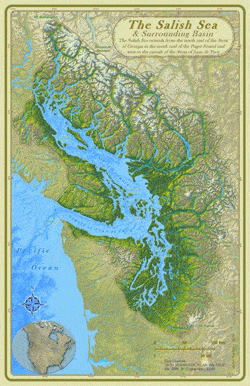
t was left to us boaters are the fjords and coves that offer a seemingly unlimited choice of off-the-beaten-path anchorages. There are also many popular marine parks which are open year-round. Sucia Island in Washington State and Desolation Sound Marine Park in British Columbia are two of my favorites.
In addition to it’s natural beauty, the Salish Sea is also home to amazing wildlife, the most famous of which are three pods of killer whales, known as the Southern Residents. These whales are the most studied orcas in the world, and much of what we know about killer whales comes from the Center for Whale Research on San Juan Island. The list of animal species is impressive: 37 types of mammals, 172 bird species, 247 kinds of fish, and over 3000 invertebrate species make the Salish Sea their home. Yes, the whales are impressive, but the Salish Sea is also home to the Giant Pacific Octopus, the Palouse Anemone, and the Lions Mane Jellyfish, which are all the world’s largest of their kind.
As I’ve cruised up and down the Inside Passage for the past seven years, I’ve always enjoyed my time in the Salish Sea. In part, because Bellingham (where we live and where we keep the David B,) is the doorstep to the larger Inside Passage, which stretches from Olympia to Skagway in Alaska. I also like the Salish Sea because it is accessible. Places like the San Juan Islands, Gulf Islands and Desolation Sound are protected and make for fairly easy cruising. (You still need to pay careful attention to tides and currents, as well as keeping a watchful eye on your charts.) The Salish Sea has something for all boaters. For those of us who prefer to anchor in places with few other boats, there are many opportunities. If you like to get off your boat and experience wilderness you can find forests hikes and fantastic kayak paddles. If you love tying to a dock and spending time visiting small towns, shops, wineries, restaurants, and museums, there is a lifetime of those places to visit too.
Now that you know a few things about the Salish Sea, I hope you’ll add it to your bucket list of places to cruise in addition to the Inter-Coastal Water Way and Great Loop. I promise, you’ll fall in love with all it has to offer.





